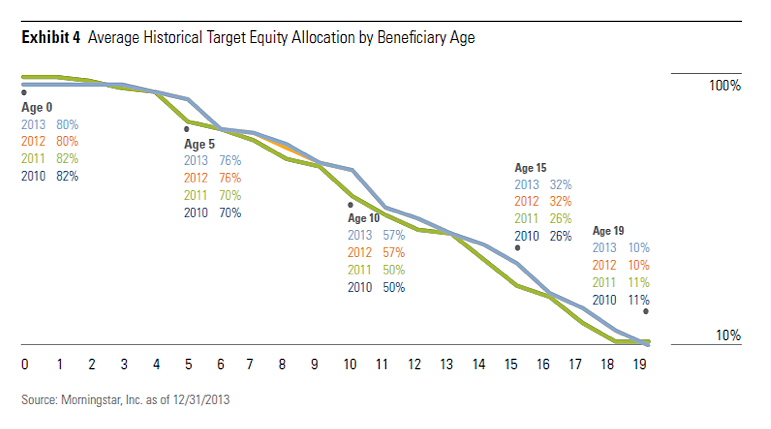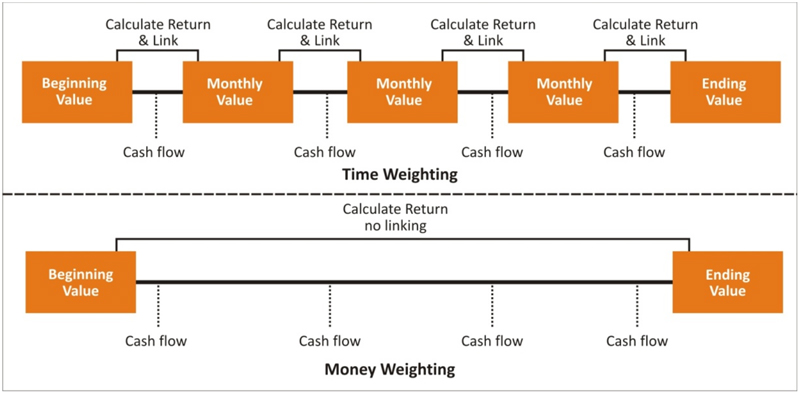
Planning for a sustainable retirement is one that will financially support you for a lifetime. The financial planning process is dynamic as life unfolds and is subject to new information and changing circumstances along the way.
One of the changes I see happening today is that a growing number of retirement savers are thinking more seriously about how a sustainable investment strategy fits into their overall investment plan.
In tandem, the sustainable investment landscape is also evolving and growing. Once a niche market, sustainable investing is becoming mainstream moving from a limited universe of investments focused on screening objectionable exposures to a range of solutions to achieve sustainable outcomes. In fact, US investments focused on sustainable objectives grew 135% in the four year period from 2012 through 2016.** With this volume of growth comes opportunity. Demographic shifts, government policies and corporate views on environmental and social risk are the primary forces driving growth and change today.
For example, sustainable investing today includes Exclusionary Screens, ESG factors and Impact Targets. Exclusionary screens avoid exposure to companies who operate in controversial sectors such as fossil fuels, tobacco or weapons. ESG Factors invest in companies whose practices rank highly by Environmental, Social, and Governance (ESG) performance standards. Impact Targets invest in companies whose products and solutions target measurable social or environmental impact.
If your goal is to create a sustainable retirement and in tandem allocate a portion of your investments to supporting a sustainable global future we can help.
Our top priority is to create the best plan coupled with the best investment portfolio for you. If that means taking sustainable investment preferences into consideration we have the resources and solutions available to build on traditional portfolio analytics to understand your current exposures and relevant sustainability factors. We can set targets to improve the sustainability of your portfolio based on your personal objectives and measure performance data over time.
Contact us today to learn more! Sustainable investing can drive positive social or environmental impact alongside financial results, allowing investors to accomplish more with their money. Opportunity awaits.
Laurie Renchik, CFP®, MBA is a Partner and Senior Financial Planner at Center for Financial Planning, Inc.® In addition to working with women who are in the midst of a transition (career change, receiving an inheritance, losing a life partner, divorce or remarriage), Laurie works with clients who are planning for retirement. Laurie is a member of the Leadership Oakland Alumni Association and is a frequent contributor to Money Centered.
**Year over year growth in sustainable assets in the U.S. 2012 to 2016. Source: Global Sustainable Investment Alliance. Views expressed are not necessarily those of Raymond James Financial Services and are subject to change without notice. Information contained herein was received from sources believed to be reliable, but accuracy is not guaranteed. Information provided is general in nature, and is not a complete statement of all information necessary for making an investment decision. Past performance is not indicative of future results. There is no assurance these trends will continue or that forecasts mentioned will occur. Investing always involves risk and you may incur a profit or loss. No investment strategy can guarantee success.






















